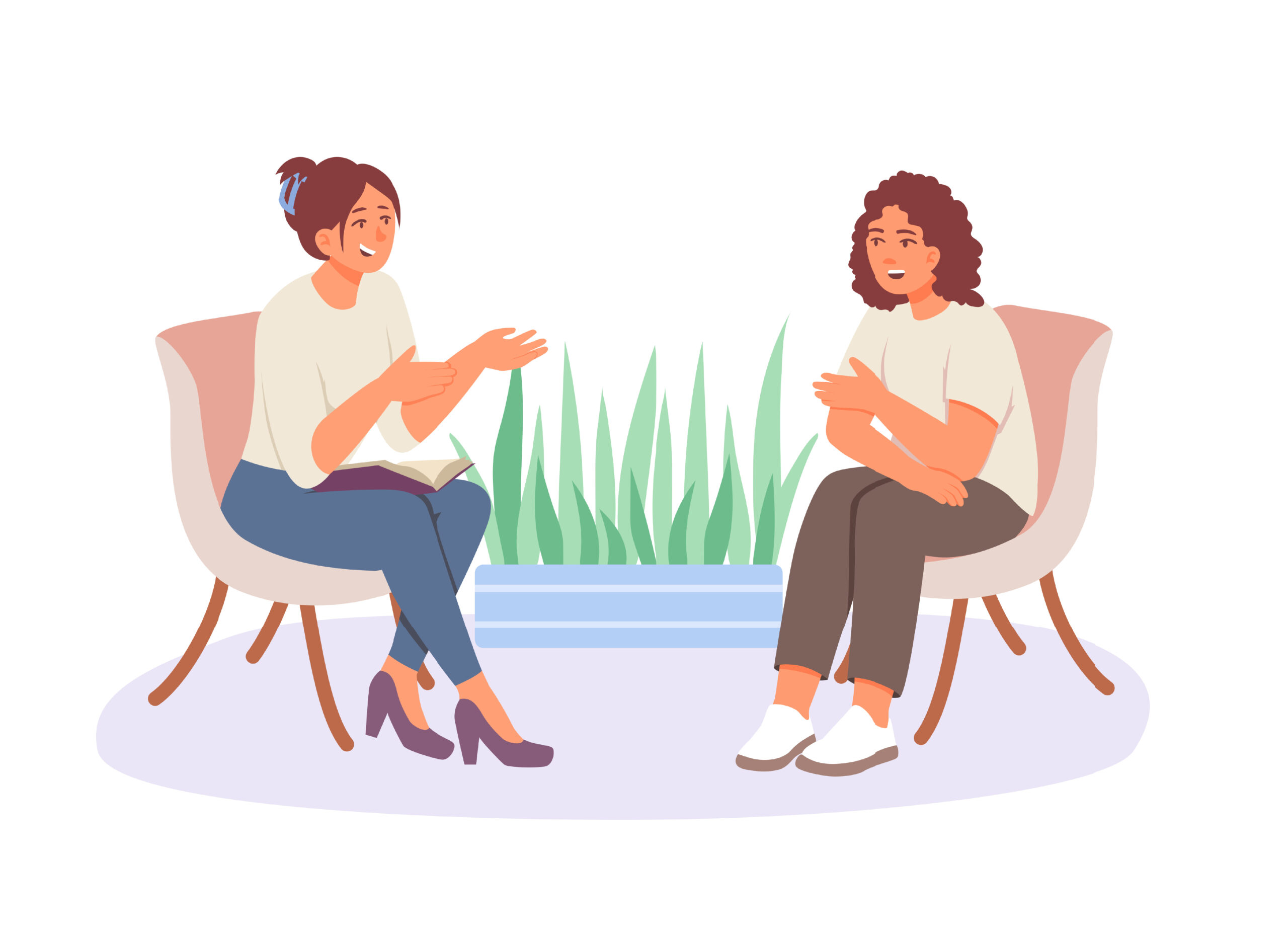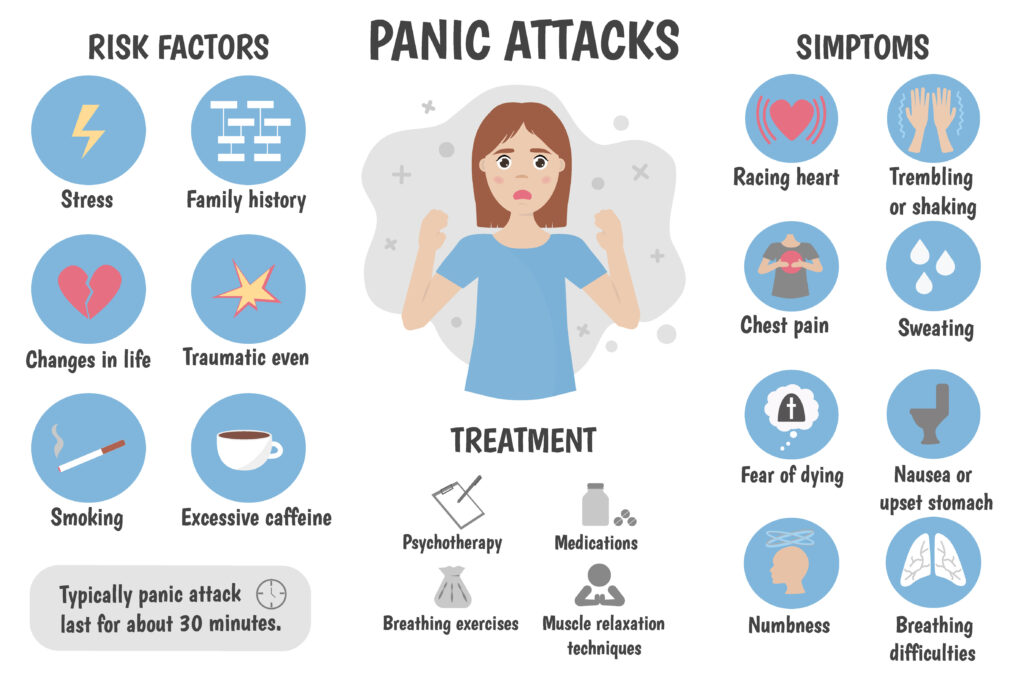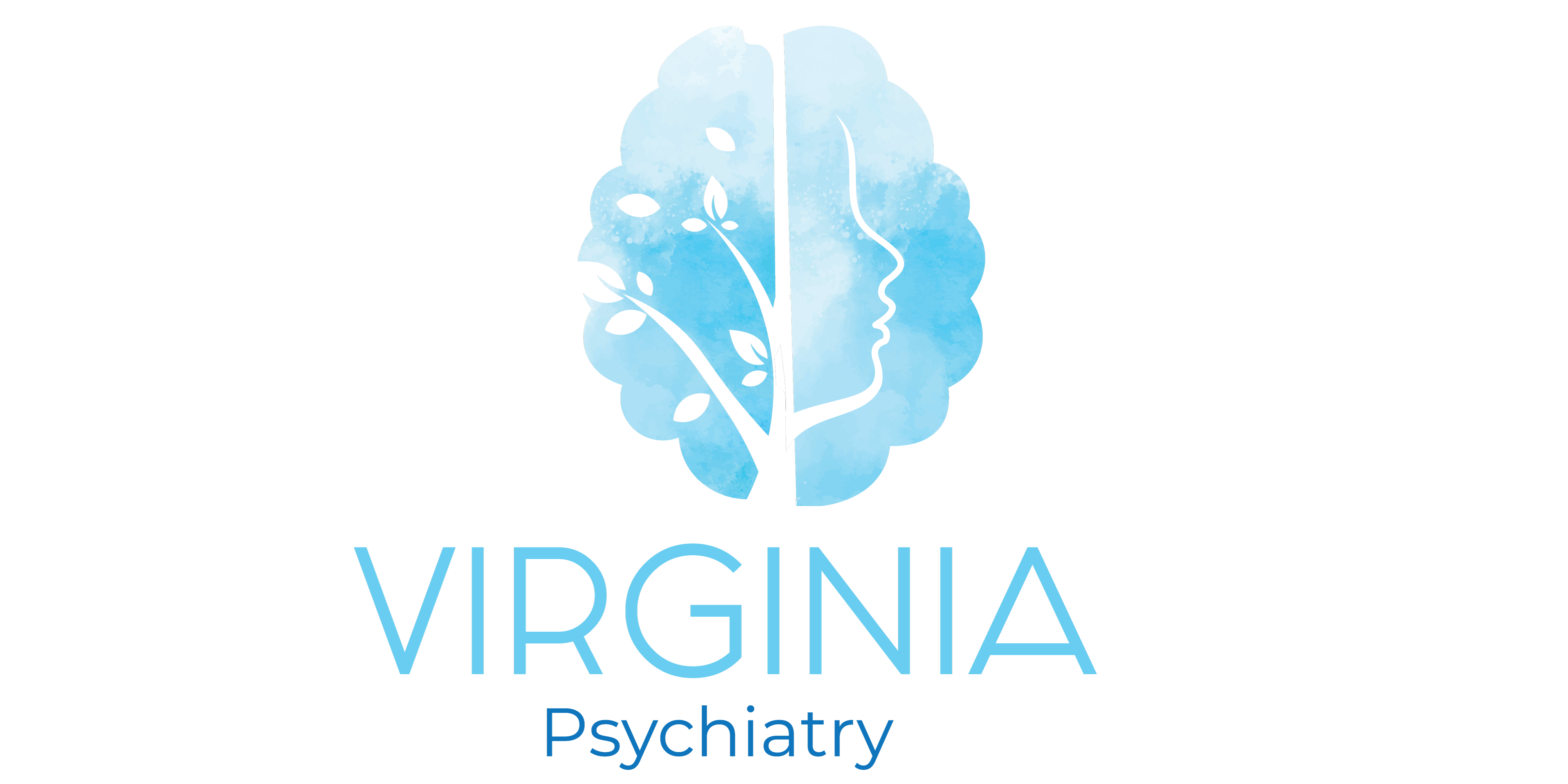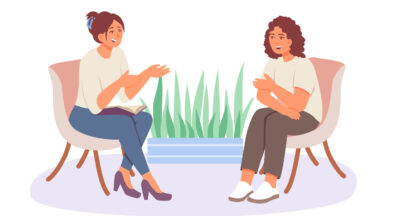
“What Does It Feel Like to Have a Panic Attack”? A Frequently Asked Question.
What is a panic attack, or what does having a panic attack feel like? These are questions I often hear during an appointment. People are often unsure if they ever had a panic attack. People experience panic attacks with varying intensity and frequency. Yet, they all share the core panic attack symptoms described in the DSM V-TR diagnostic criteria. It is not uncommon for someone experiencing a panic attack to go to the Emergency Department for the first time because some panic symptoms may feel like a medical emergency(Like a heart attack, for example).
Here is a common scenario:
Jack was watching his favorite TV show when he noticed his heart racing out of the blue and started sweating. Soon, Jack felt he couldn’t breathe deeply and thought he would die. Jack called 911, thinking he was having a heart attack. Jack had never experienced anything like it before and was terrified. The doctors and nurses at the ER ran some tests to help rule out any underlying medical conditions that could be causing the distressing symptoms. The results were reassuring, and they informed him that he had a panic attack. But, since this episode, he was frequently worried about having another panic attack. He ended up having another episode a few days later. He received additional tests, and his primary care doctor thoroughly examined him.
Furthermore, a cardiologist consultation helped rule out a cardiac condition. He continued to have frequent panic attacks that were frightening and distressing. He had an appointment with a psychiatrist who diagnosed him with panic disorder.
What are panic attacks?
A panic attack is a sudden and severe episode of extreme anxiety or fear that typically lasts relatively short, usually reaching its peak within a few minutes and can cause various physical and emotional symptoms. Stress, trauma, or a specific phobia can trigger a panic attack episode. Panic attacks often occur abruptly and without warning, lasting anywhere from a few minutes to usually less than 30 minutes.
What is panic disorder?
Panic disorder is a mental health condition characterized by recurring and unexpected panic attacks. These panic attacks often occur without an obvious trigger or specific situation. They usually have a persistent fear of having more panic attacks.
Here are some ways a person might explain their experience of a panic attack:
• “I couldn’t breathe.”
• “My heart was racing.”
• “I was sweating and shaking.”
• “I felt dizzy and nauseous.”
• “I felt like I was going to pass out.”
• “I felt trapped and couldn’t escape.”
• “I felt like I was losing control.”
• “I was scared and didn’t know what was happening.”
• “I thought I was going to die.”
Some experience physical symptoms of a panic attack first. Still, some people may experience emotional symptoms such as fear, anxiety, or a sense of impending doom. Yet, others may experience both physical and emotional symptoms at the same time. Medical infographics a panic attack. Symptoms, treatment, risk factors. Panic disorder concept. Vector illustration.

Physical Symptoms of a panic attack:
- Pounding or racing heart
- Sweating
- Chills
- Trembling
- Difficulty breathing
- Weakness or dizziness
- Tingly or numb hands
- Chest pain
- Stomach pain or nausea
Emotional Symptoms of a panic attack:
- A feeling of intense fear or anxiety
- A sense of impending doom
- Feeling like you are going to lose control or go crazy.
- A feeling of detachment from reality
- A feeling of being trapped or unable to escape.
- Feeling like you are going to die.
These symptoms can be frightening and make functioning difficult in everyday life. If you experience a panic attack or encounter someone having it, staying calm and reassuring can be helpful. Help them to focus on their breathing and remind them that they are not in danger. You can also help them to find a quiet place to sit down and relax. If the panic attack is severe or unsure, you may need to call 911 or take them to the emergency room. However, most panic attacks will subside within a few minutes.
There are effective treatments available for panic disorder. A combination of psychotherapy, medications, and lifestyle changes often tend to be the most effective in most cases. With good treatment, most people with panic disorder can learn to manage their symptoms and live comfortable everyday lives.
Here are some things you can do to help cope with panic attacks:
- Learn about panic attacks and what triggers them.
- Practice coping skills, such as deep breathing and relaxation techniques.
- Avoid caffeine and alcohol, which can trigger panic attacks.
- Get regular exercise, which can help reduce stress and anxiety.
- Psychotherapy or Cognitive behavioral therapy.
- Consultation with a Psychiatrist.
References:
American Psychiatric Association. (2022). Anxiety disorders. In Diagnostic and Statistical Manual of Mental Disorders (5th ed., text rev.)
National Institute of Mental Health. Digital Shareables on Panic Disorders. U.S. Department of Health and Human Services, National Institutes of Health. Retrieved September 2023,Related Posts
“What Does It Feel Like to Have a Panic Attack”? A Frequently Asked Question.
What is a panic attack, or what does having a panic attack feel like? These are...

